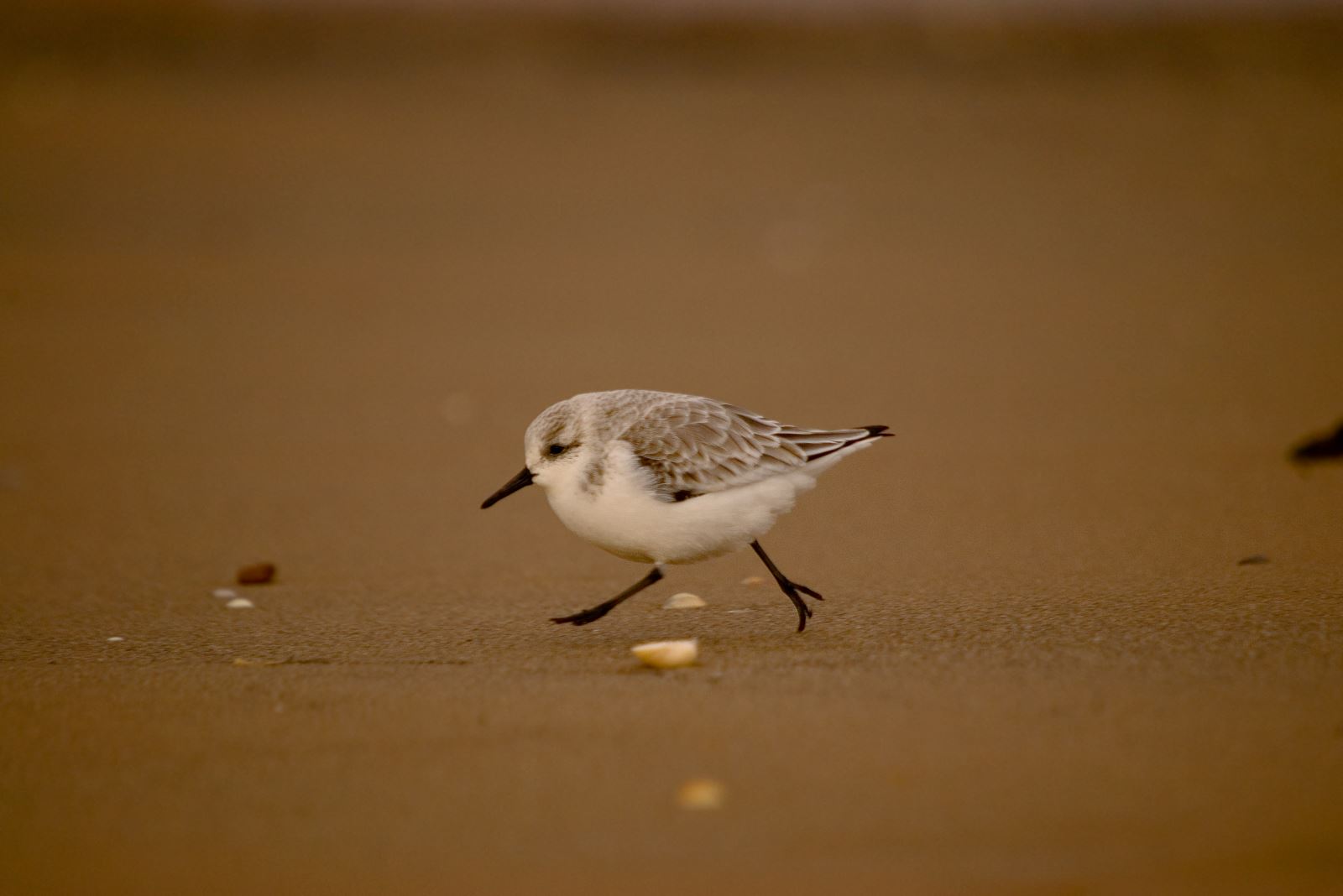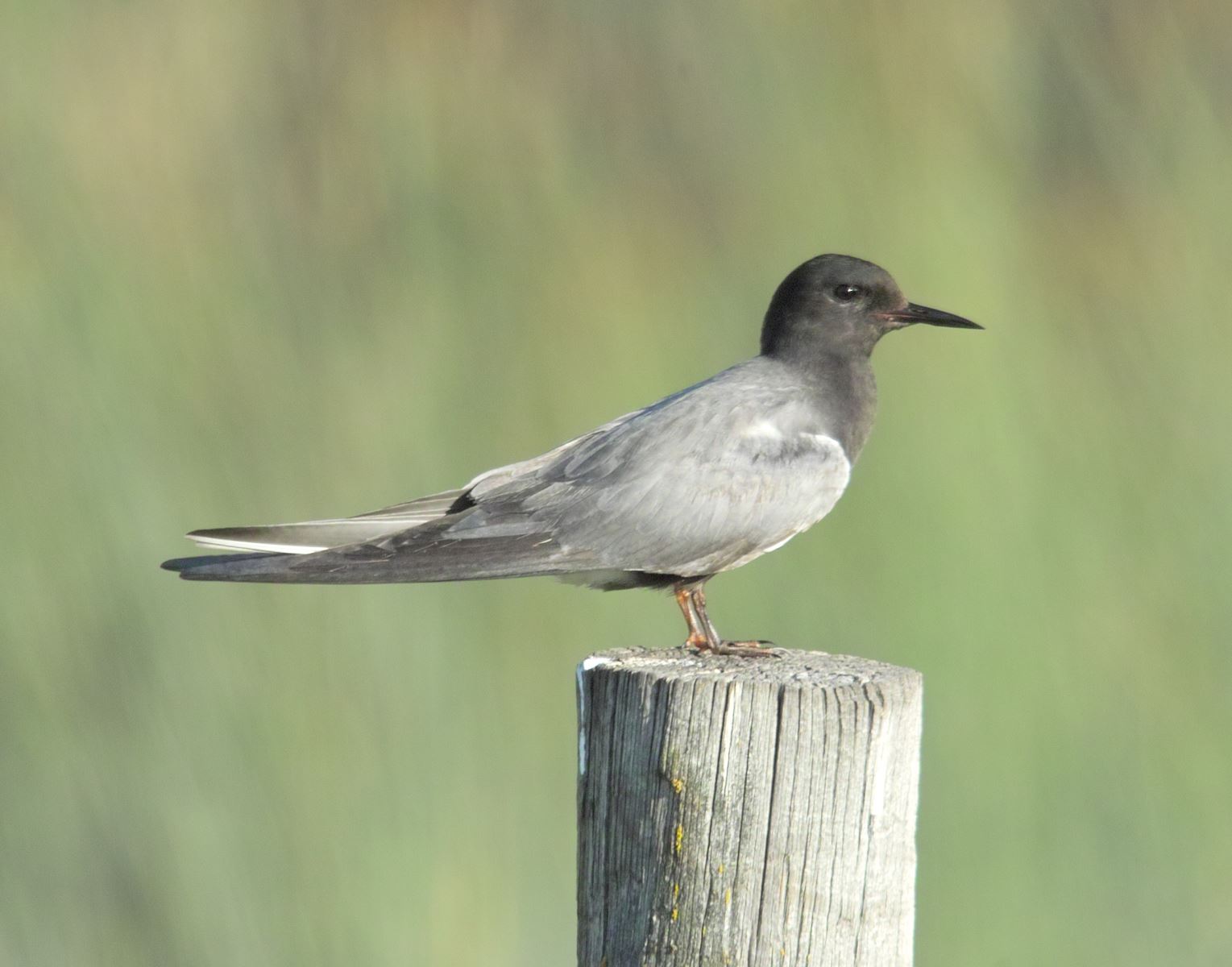Spring has sprung in Lancashire, making it an ideal time to get out, enjoy the outside and see what wildlife you can spot in Lancashire’s great outdoor attractions.
With 80% of Lancashire being rural, the county is home to a huge variety of landscapes for different types of wildlife to thrive on. From the rugged moorlands of Bowland to the dramatic sands of Morecambe Bay, and amazing nature reserves in between.
Take a look at our list of perfect places to find wildlife this spring.
.jpg)
WWT MARTIN MERE WETLAND CENTRE, NR ORMSKIRK
The wetland wildlife at Martin Mere really comes alive in spring, with all areas of the centre providing perfect opportunities for birdwatching and wildlife spotting. The one mile long reedbed walk offers a feast for your senses, listen out for bird calls, and rustles amongst the reeds. Favourites to spot in this part of the centre in spring include booming bittern, bearded tits, and great-crested grebes.
Othe walkways and hides offer the chance to spot some of the UK’s most loved birds, such as goldfinches, robins, tree sparrows, chaffinches and even the occasional redwing. Take a full day to explore the centre and hand feed more than 100 types of rare and endangered waterbirds, meet a family of otters and walk around the inspirational eco-garden.
Walks and talks are also available throughout the year.

BROCKHOLES, NR PRESTON
Owned by the Lancashire Wildlife Trust, this 250-acre reserve provides a network of trails and hides, woodland walks and a vast lake, all of which have been specially designed to attract all kind of wildlife.
Boilton Woods within the reserve, is part of the biggest stretch of ancient woodland in Lancashire, and in the spring, it comes alive with a sea of beautiful bluebells and other wildflowers. You can also spot many animals including Roe deer, foxes, moles, and shrews as well as bats, kestrels, owls, and woodpeckers!
Brockholes host many great events throughout the year to explore and learn more about the reserve and night sky, including events like pond dipping in the spring.

RSPB HESKETH OUT MARSH, RIBBLE ESTUARY
The sand and mudflats of the Ribble Estuary are home to snails, worms, shellfish, crabs and more and are one of the most important wetland sites for wildlife in the whole of Britain.
These small animals that live here year-round attract huge numbers of wading birds and a variety of fish species. The estuary is also home to large areas of salt marsh which provides the perfect nursery ground for fish, protecting them as they mature and increasing their chances of survival.
You can spot a variety of different animals at Hesketh Out Marsh during the spring, from avocets and lapwings to blackcaps, chiff chaffs and willow warblers.
RSPB FAIRHAVEN, ST ANNES
Another great option for seeing the wildlife that makes the Ribble Estuary its home is just to the north in Lytham St Annes. The lake, nature reserve and sea defences at RSPB Fairhaven are full of life throughout the spring months including the sights of curlews, sand and house martins.
What’s more, you can also enjoy a moment on the water at the lake with its water sports centre offering paddle board, kayak and pedalo hire to fully immerse yourself in the great outdoors.
RSPB LEIGHTON MOSS AND MORECAMBE BAY NATURE RESERVE, SILVERDALE
Home to the largest reed bed in the north-west, this sweeping expanse is home to many wonderful creatures, including bearded tits, marsh harriers and egrets. If you are lucky, you may spot their largest resident, the red deer wander through the reserve.
In spring the reserve is perfect for bittern sightings, as well as teals, pintails, and tufted ducks. Year round you should be able to catch sightings of otters too!
ROSSALL POINT, FLEETWOOD
Standing forty-two feet above the seafront, this modern observation tower has been built to look like it is learning into the wind.
Inside you will find information about the local area as well as two observation decks. These decks provide the perfect outlook for spring birdwatching, especially when the terns are migrating or to take in the clear views over the beach to the Irish Sea and Morecambe Bay.
Related
Comments
Juan Lopez There's something incredibly grounding about simply walking through the woods, listening to birdsong and watching the world move at its own pace — it's a quiet kind of therapy that often goes unnoticed. Wanting to build on that calm, I turned to Calmerry's depression therapy and was truly impressed by how personalized and accessible it is. Through online depression counseling https://calmerry.com/depression-therapy/ I connected with a licensed therapist and explored CBT-based strategies that helped me better understand and manage my emotions. It felt like a gentle hand guiding me forward, complementing the peace I already found outdoors.
 to add an item to your Itinerary basket.
to add an item to your Itinerary basket.










